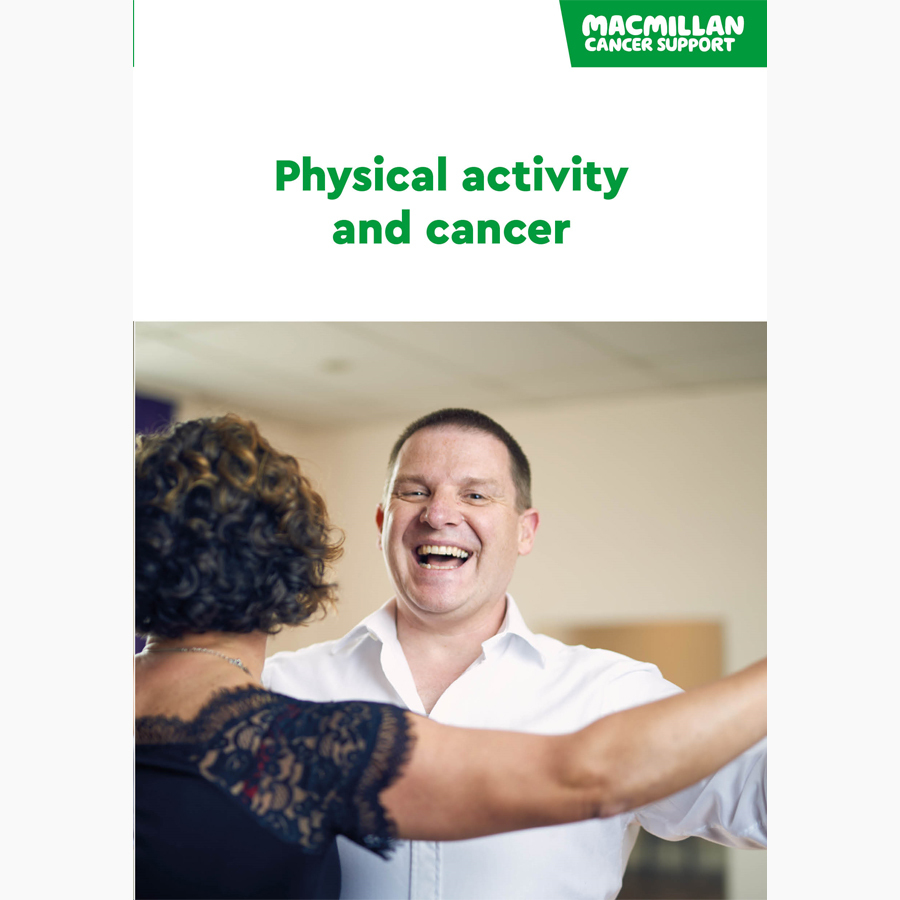Bone density scan (DXA scan)
What is a bone density scan?
A bone density scan checks the density of your bones. If your bone density is low, you have a higher risk of a bone fracture.
It may also be called a bone mineral density scan (BMD scan) or a dual energy x-ray absorptiometry scan, DXA or DEXA scan.
Related pages
Who has a bone density scan?
Your GP or hospital doctor may arrange for you to have a DXA scan if:
- a fracture risk assessment tool shows your risk of fracture is intermediate (between low risk and high risk)
- you are under the age of 40 and have a significant risk of fracture – for example, you have had more than 1 fragility fracture, or have recently taken high doses of steroids
- you have had an early menopause and not had hormone replacement therapy (HRT)
- you have prostate cancer and are starting treatment with hormonal therapies that reduce testosterone levels
- you are taking steroids.
You may also have a DXA scan if you have early invasive breast cancer and you:
- are going to start treatment with an aromatase inhibitor and are not having a bone strengthening treatment
- have had an early menopause because of your treatment
- are going to have treatment to stop your ovaries working.
How the scan is done
During a DXA scan, you lie on a couch, on your back while a scanner moves above your body. The amount of radiation from a DXA scan is much less than from a normal x-ray.
How long does a bone density scan take?
What does a bone density (DXA) scan show?
The results of the scan will show whether you have:
- normal bone density
- low bone density (osteopenia)
- osteoporosis.
Your DXA scan results are given as a number called a T-score. Your T-score is worked out by comparing your bone density with the bone density of an average healthy adult of the same biological sex. Your T-score is the number of units your bone density is above or below the average.
What your T-score means
|
T-score |
What it means |
|
-1 and above |
Your bone density is normal. |
|
Between -1 and -2.5 |
Your bone density is below normal. This is known as osteopenia. |
|
-2.5 and below |
Your bone density is low, and your bones are at higher risk of fracture. This score suggests you have osteoporosis. |
Your doctor may also talk about a Z-score. This score compares your bone density measurement with someone of the same age. If your Z-score is below -2, your bone density is lower than it should be for someone of your age.
After a bone density (DXA) scan
If tests to check your bone health show you have low bone density or a high risk of fracture, your GP may advise you to:
- eat a healthy, balanced diet
- expose your skin to some sunlight each day (if this is possible)
- keep physically active
- take calcium and vitamin D supplements
- increase the amount of calcium in your diet
- take a drug treatment, such as a bisphosphonates.
Related pages
Booklets and resources
About our information
This information has been written, revised and edited by Macmillan Cancer Support’s Cancer Information Development team. It has been reviewed by expert medical and health professionals and people living with cancer.
-
References
Below is a sample of the sources used in our bone health and cancer information. If you would like more information about the sources we use, please contact us at informationproductionteam@macmillan.org.uk
National Institute for Health and Care Excellence. NICE. Osteoporosis - prevention of fragility fractures. Management, Prescribing information, Background Information. Available from: https://cks.nice.org.uk/topics/osteoporosis-prevention-of-fragility-fractures [accessed April 2024].
National Osteoporosis Guideline Group UK. Clinical guideline for the prevention and treatment of osteoporosis 2021. National Institute for Health and Care Excellence. NICE accredited. Available at: https://www.nogg.org.uk/sites/nogg/download/NOGG-Guideline-2021-f.pdf [accessed April 2024].
Coleman R, et al. European Society for Medical Oncology. Clinical Practice Guidelines – Bone health in cancer: ESMO Clinical Practice Guidelines. Ann Oncol. 2020. Available from: https://www.esmo.org/guidelines/guidelines-by-topic/supportive-and-palliative-care/bone-health-in-cancer-patients [accessed April 2024].
European Society for Medical Oncology. Patient Guide on Bone Health. Cancer can affect bone health in several ways such as by spreading to the bones (bone metastases) or cancer treatment causing bone loss, which makes the bones more fragile and likely to fracture. 2022. Available at: https://www.esmo.org/for-patients/patient-guides/bone-health-in-cancer [accessed April 2024].
Date reviewed

Our cancer information meets the PIF TICK quality mark.
This means it is easy to use, up-to-date and based on the latest evidence. Learn more about how we produce our information.
The language we use
We want everyone affected by cancer to feel our information is written for them.
We want our information to be as clear as possible. To do this, we try to:
- use plain English
- explain medical words
- use short sentences
- use illustrations to explain text
- structure the information clearly
- make sure important points are clear.
We use gender-inclusive language and talk to our readers as ‘you’ so that everyone feels included. Where clinically necessary we use the terms ‘men’ and ‘women’ or ‘male’ and ‘female’. For example, we do so when talking about parts of the body or mentioning statistics or research about who is affected.
You can read more about how we produce our information here.






